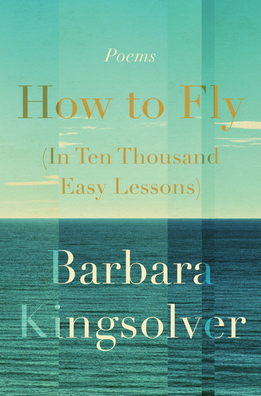

How to Fly (In Ten Thousand Easy Lessons)
I got my copy of How to Fly (In Ten Thousand Easy Lessons) by Barbara Kingsolver in the mail recently and I can't stop picking it up, flipping to a random page, and leaping off the cliff into it’s deep waters. I turn to it when the stress of Covid-19 overwhelms and my head hurts from problem-solving. The book is both an escape and a lesson at the same time.

Gathering Moss: The Natural and Cultural History of Mosses
"Living at the limits of our ordinary perception, mosses are a common but largely unnoticed element of the natural world. "Gathering Moss" is a beautifully written mix of science and personal reflection that invites readers to explore and learn from the elegantly simple lives of mosses."

(July 2014) 4. The Sixth Extinction: An Unnatural History, Elizabeth Kolbert
"Over the last half a billion years, there have been five mass extinctions, when the diversity of life on earth suddenly and dramatically contracted. Scientists around the world are currently monitoring the sixth extinction, predicted to be the most devastating extinction event since the asteroid impact that wiped out the dinosaurs."